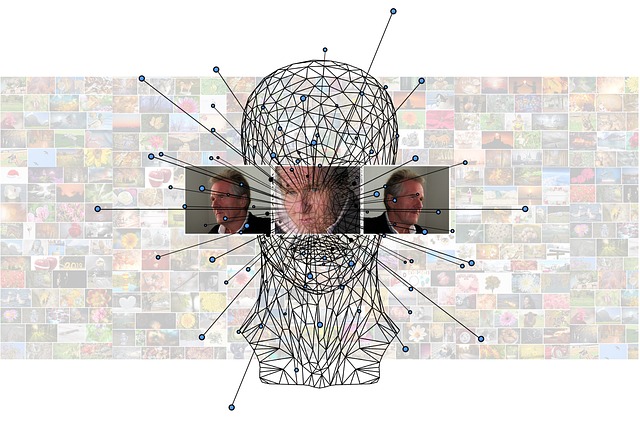The Algorithmic Impact: Streamlining Office Automation Processes
In today’s fast-paced business environment, the importance of office automation cannot be overstated. As organizations strive for efficiency and productivity, the role of algorithms in enhancing these processes stands out as a game changer. When we talk about automation in the office, we are not just referring to reducing the manual workload but also leveraging technology to create a more intelligent and responsive workplace.
The Rise of Smart Automation
With advancements in technology, office automation has evolved dramatically. It’s no longer just about basic task automation; it’s about integrating smart algorithms that can analyze data, predict outcomes, and adapt to various scenarios. Think about it: tools that can learn from your workflows, optimize scheduling, and even manage communication through AI-driven platforms. This evolution allows employees to focus on high-value tasks while algorithms handle the less engaging aspects of their jobs.
Enhancing Productivity Through Algorithmic Solutions
Implementing algorithmic solutions in office automation can significantly improve overall productivity. Imagine a world where mundane tasks such as data entry, report generation, and inventory management are automated with precision. With algorithms continuously learning from data patterns, the time saved can be redirected towards creative problem-solving and strategic planning. This shift not only enhances job satisfaction but also contributes to a more innovative company culture.
Intelligent Decision Making
One of the most impressive impacts of algorithms in office automation is their ability to facilitate intelligent decision-making. By utilizing predictive analytics, organizations can gain insights that help them make informed decisions swiftly. Whether it’s forecasting sales trends or optimizing resource allocation, the data-driven insights provided by these algorithms eliminate guesswork, allowing businesses to operate on a more strategic level.
Transforming Communication and Collaboration
Another profound aspect of algorithmic influence is in how teams communicate and collaborate. Automated systems can streamline communication processes, ensuring that the right messages reach the right people at the right time. This enhances collaboration across departments, allowing teams to work cohesively towards shared goals. Algorithms can even assist in prioritizing tasks based on urgency and relevance, further refining workflow efficiencies.
Overcoming Challenges with Automation
Despite the undeniable benefits of office automation, implementing these algorithmic solutions can come with challenges. Businesses must carefully consider their unique operational requirements and ensure that their automation strategies align with their overall objectives. Embracing change can be daunting, but with the right approach, organizations can foster a culture that welcomes innovation and continuous improvement.
In summary, the algorithmic impact on office automation is a journey toward a smarter workplace. As businesses harness these powerful tools, they will find new ways to improve efficiency, foster collaboration, and drive sustainable growth. By embracing the future of work, organizations not only transform their operations but also cultivate an environment where creativity can flourish. Embracing these changes forges a path toward an automated future that feels not only inevitable but also empowering.




